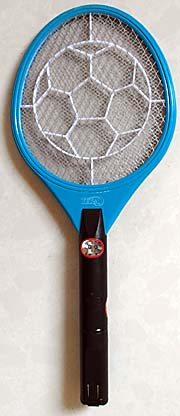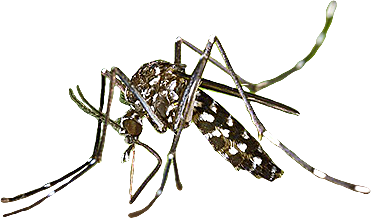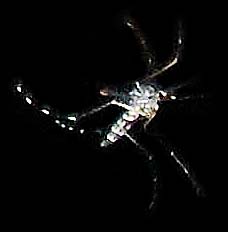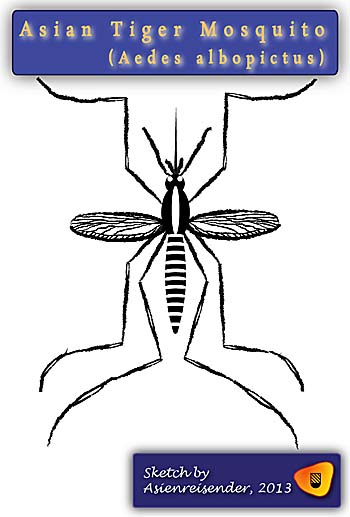1.
Dengue Fever - An Emerging Disease
In difference to malaria, which vector is a parasite, dengue fever is a viral disease. It's hosts are exclusively primates, mostly humans and some kinds of mosquitoes of the family aedes, who transfer it. There are four different subspecies of the virus.
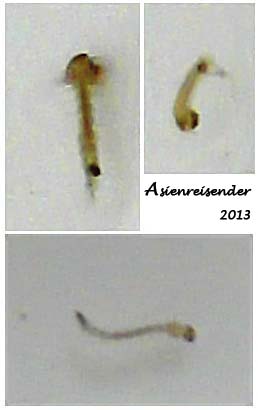
Mosquito larvas in a washing basin in Cambodia. Images by Asienreisender, 2013
Dengue fever is a very dangerous and painful disease. It is also an emerging disease, in fact the fastest dispersing disease in the world transfered by mosquitoes. In the fifty years between 1960 and 2010 dengue cases rose up thirty fold worldwide. In the ten years between 2000 and 2010 the number of cases doubled. That has to do with the expansion of the vector mosquito, what is in Southeast Asia (mostly) the Asian tiger mosquito, in general mosquitoes of the aedes family. This mosquito kind thrives in urban regions, and it's very adaptable. Since urbanisation is rampant in Southeast Asia, the Asian tiger mosquito has a rapidly growing habitat. But it's also worldwide spreading out. Globalization promotes the outspread of the tiger mosquito and the disease. Increased mobility as travel activities, population growth and global warming play a role as well.
Particularly the Philippines and Laos are in the center of the emerge, but also Thailand, Malaysia, Singapore and Vietnam have all reported an increase in cases.
The World Health Organization (WHO) estimates between 50 to 100 million annual cases of dengue worldwide, of whome half a million suffer a heavy course of disease and 22.000 people die; most of the victims are children. In Asia more than 90% of the heavy course of the disease hit children. The magazine 'Nature' wrote in it's April 2013 issue that even 390 million people get infected annually, referring to the studies of the scientific authors of the article.
Dengue is endemic in 110 countries in the tropical and subtropical regions of the earth; 75% of the dengue cases appear in the Asia/Pacific region.
Dengue fever is commonly also called the 'breakbone disease' or 'dandy fever'.
